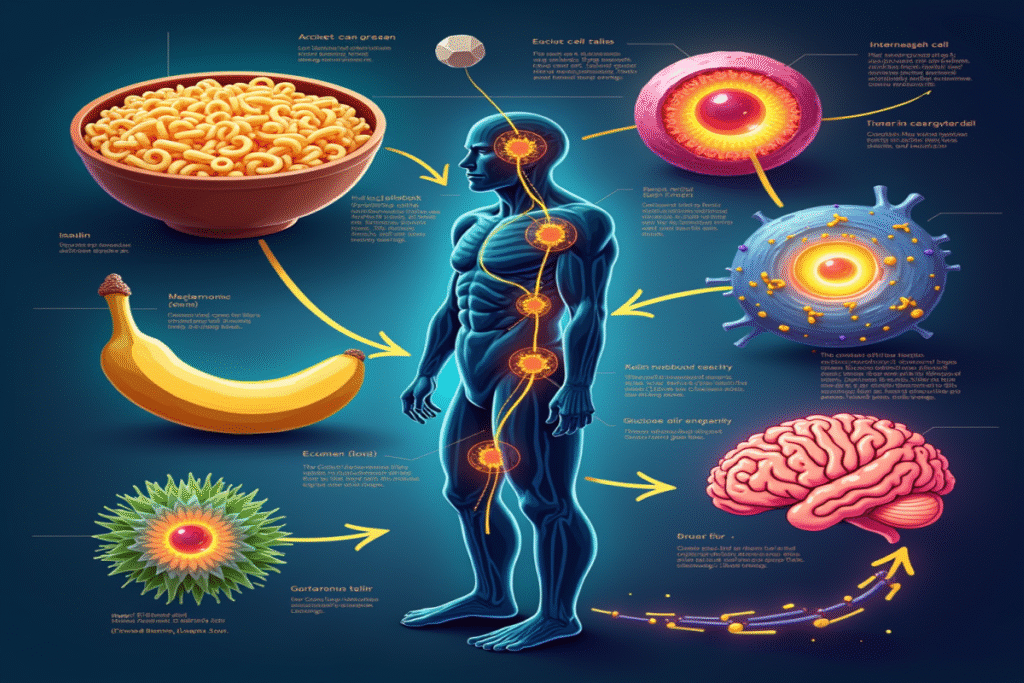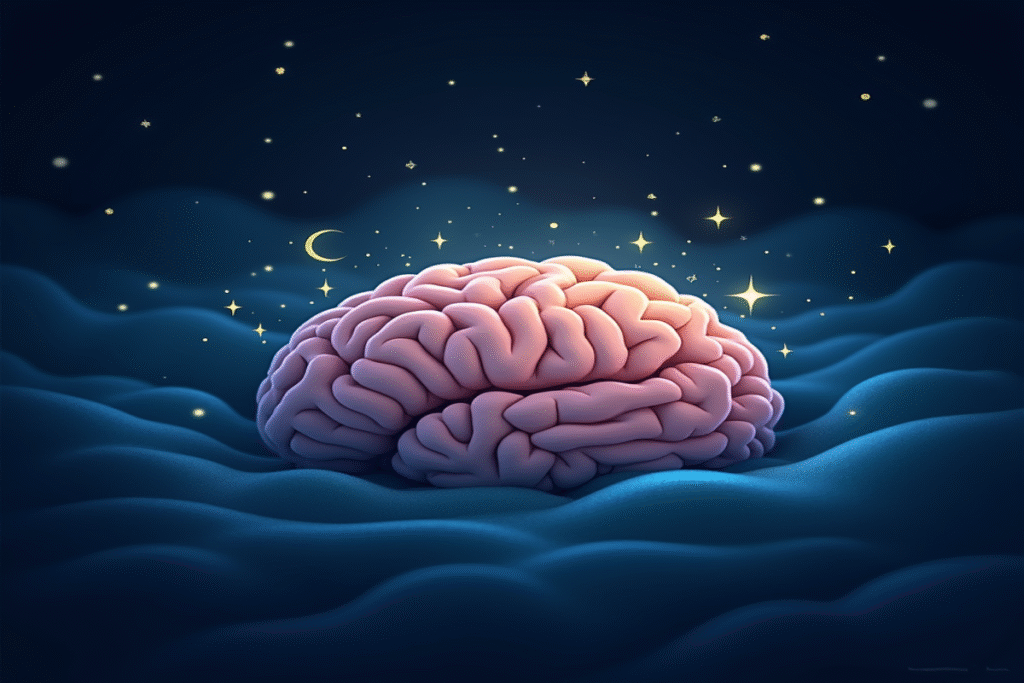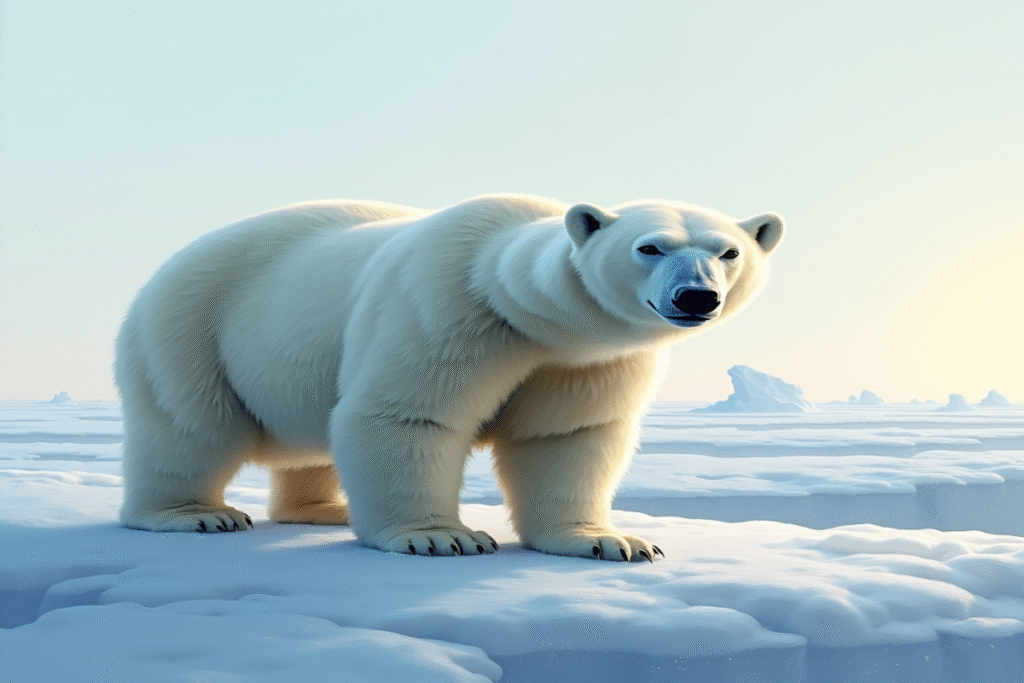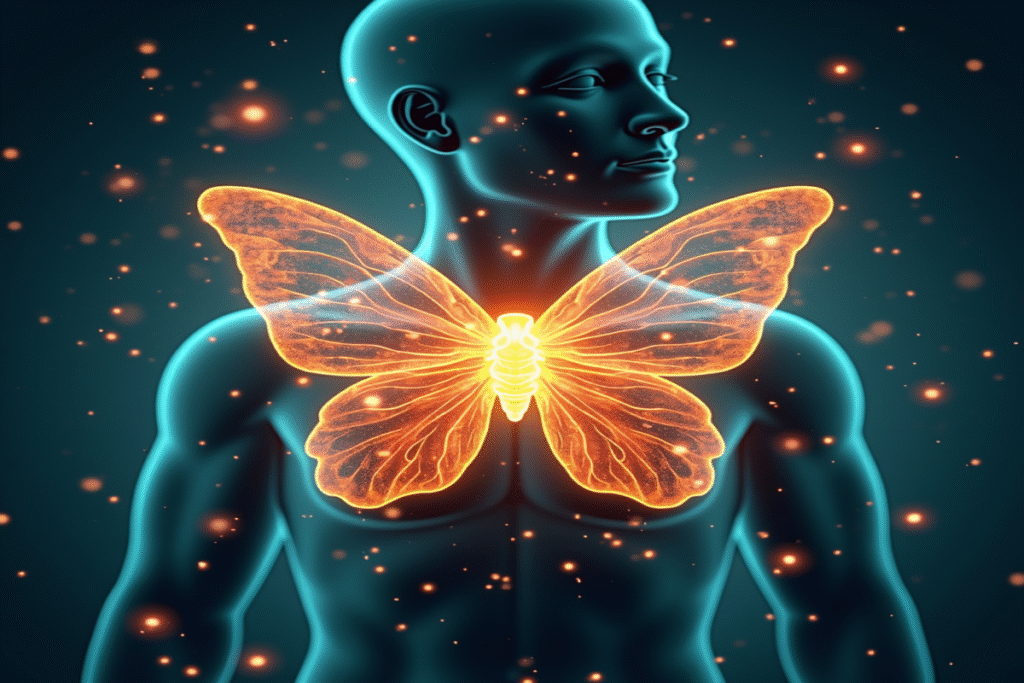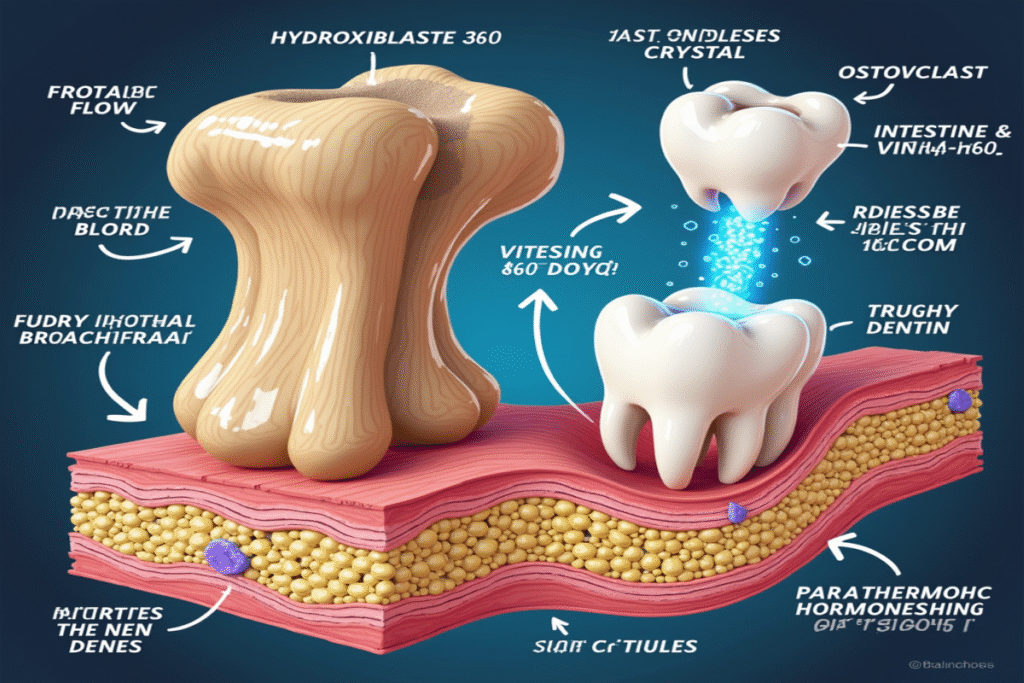Ever looked at your grandparents and wondered why they seem shorter than you remember from your childhood? You’re not imagining things—people do get shorter as they age, and it’s because our bones actually shrink over time.
The Fascinating Science Behind Shrinking Bones
From around age 40, most people begin losing about half an inch (about 1.25 centimeters) of height per decade. By age 70 or 80, you might be 1-3 inches (2.5-7.5 centimeters) shorter than your peak height. This transformation happens mostly because of changes in the spine, but it affects your entire skeleton.
Here’s what actually happens inside the body:
Vertebral Compression: The Spinal Squeeze
Between each vertebra (the small bones that make up your spine) is a cushioning disc. These discs act as tiny shock absorbers, made of a jelly-like center surrounded by a tougher exterior. As you age, these discs lose water content and flatten, making them thinner and less effective as cushions. As a result, the spine compresses, literally making you shorter.
This compression can also cause a hunched posture in elderly people. When discs deteriorate unevenly, the spine can curve forward, a condition called “kyphosis.”
Bone Density Loss: The Mineral Escape
Your bones are not solid rocks—they are living tissue constantly being broken down and rebuilt. When you’re young, bone formation is faster than bone breakdown. After about age 30, this balance changes, and bone loss begins to happen more quickly than bone creation.
This process is called demineralization, where calcium and other minerals gradually leave your bones. Women experience this more sharply after menopause when estrogen levels drop, which can speed up bone loss to about 1-2% per year.
How to Protect Your Bone Health
Weight-Bearing Exercise: The Bone Strengthener
Your bones become stronger in response to physical stress. While you can feel your muscles working during exercise, your bones also adapt to weight-bearing activities by increasing their density. Walking, dancing, and resistance training signal your body to preserve and build bone.
Studies show that athletes in impact sports, like basketball, have higher bone density than those in non-impact sports like swimming. This is because activities involving gravitational resistance help bones stay strong.
Vitamin D: The Sunshine Factor
Vitamin D is essential for bone health, and it works more like a hormone that your skin produces when exposed to sunlight. It lets your body absorb calcium from food.
Without enough vitamin D, you could eat plenty of calcium and still lose bone mass—your body simply can’t use the calcium without vitamin D. That’s why people in northern climates, with less sun exposure, often have lower bone density despite getting enough calcium.
The Protein Connection
Contrary to older beliefs that high-protein diets might weaken bones, newer research suggests that adequate protein actually helps support bone health. Protein makes up about half the volume of bone and a third of its mass, giving bones their structure so minerals can be deposited.
Very low-protein diets can be harmful to bone health, especially in older adults. Most experts recommend about 1 to 1.2 grams of protein per kilogram of body weight daily for optimal bone health.
The Technology Frontier: New Approaches to Bone Health
Scientists are developing new ways to help preserve bone, such as vibration plates that stimulate bone formation with gentle mechanical signals. Just 10-20 minutes of standing on these platforms a few times a week has shown promising results for maintaining bone density.
Researchers are also working on bone tissue engineering, creating scaffolds that can guide new bone growth—which may change how osteoporosis is treated in the future.
Our bones may naturally shrink with age, but by using these science-based strategies, you can slow the process. The human skeleton, with its ability to adapt and rebuild, proves that even aging is not entirely beyond our control.

